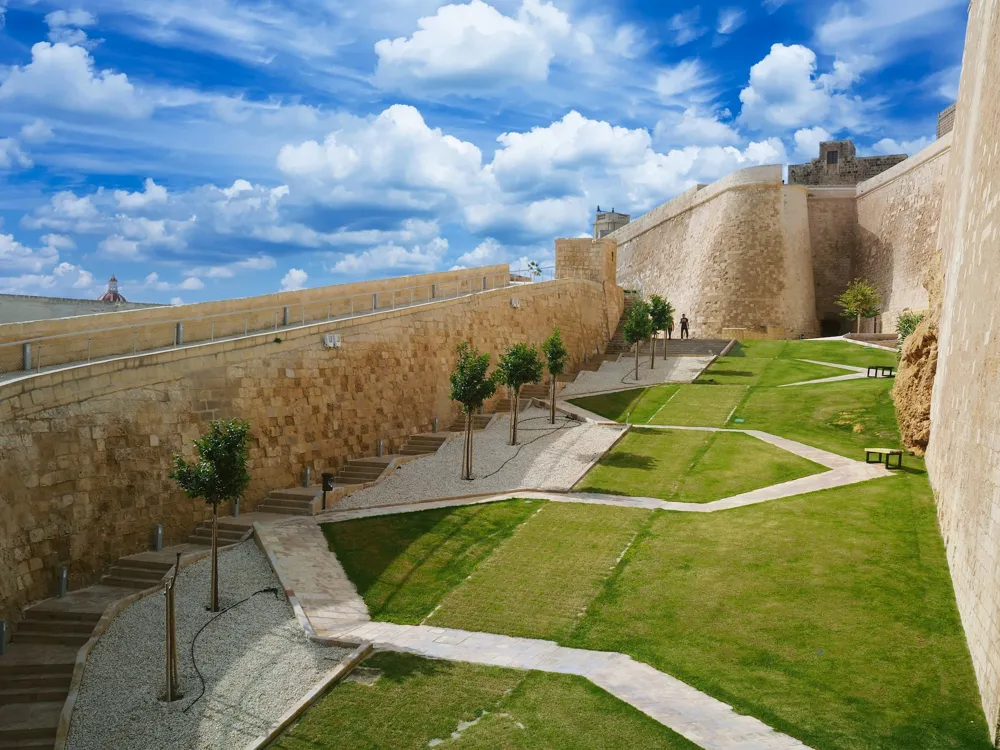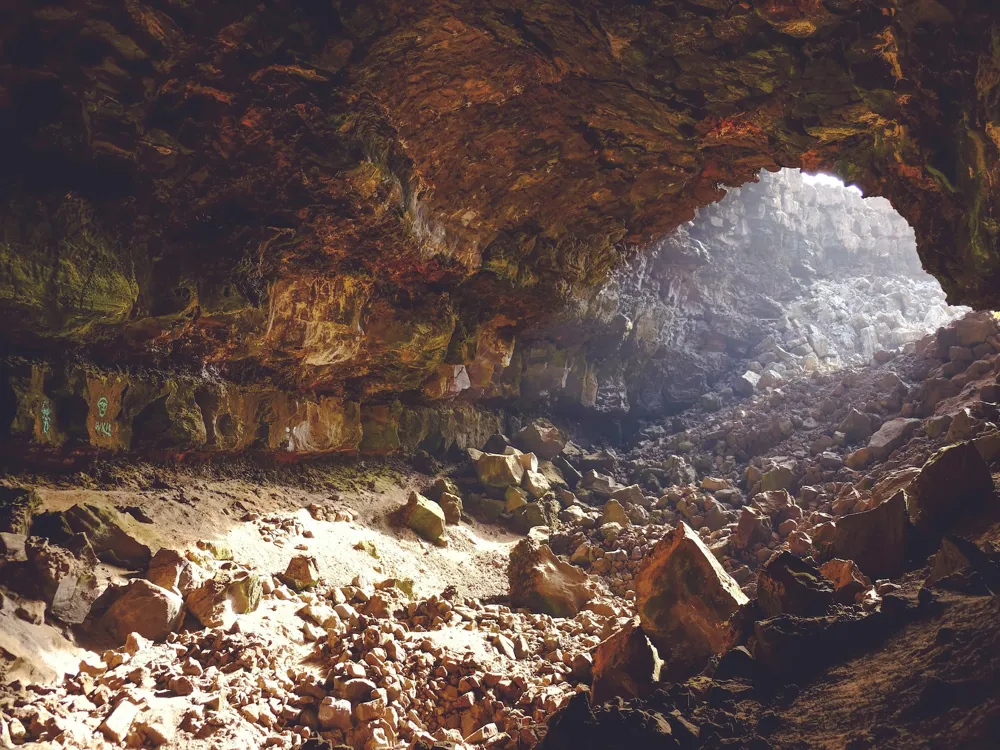Dong Hoi, a charming city located in the Quang Binh Province of Vietnam, stands as a testament to resilience and cultural richness. Known for its scenic beauty, historical significance, and vibrant culture, Dong Hoi has emerged as a sought-after destination for travelers seeking a blend of natural wonders and cultural exploration. This city, cradled by the Nhat Le River and flanked by the South China Sea, offers a serene atmosphere that is in stark contrast to the bustling metropolises of Vietnam. The city's history is a tapestry of various epochs, each leaving its indelible mark. Historically, Dong Hoi was heavily impacted during the Vietnam War, bearing scars that have since been transformed into symbols of peace and reconciliation. Today, Dong Hoi is not only a gateway to some of Vietnam's most spectacular natural wonders, like the Phong Nha-Ke Bang National Park, but it also stands as a beacon of cultural preservation and architectural splendor. Visitors to Dong Hoi are greeted with a landscape that beautifully intertwines the traditional with the modern. The cityscape is dotted with historical relics, ancient structures, and modern facilities, providing a holistic experience to its visitors. From its pristine beaches to the bustling market streets, from the tranquil river banks to the lively cultural festivals, Dong Hoi encapsulates the essence of a land that has gracefully embraced its past while forging a path towards a dynamic future. The architecture of Dong Hoi is a vivid reflection of its history, culture, and resilience. The city's architectural landscape is a harmonious blend of traditional Vietnamese designs and influences from various historical periods, including French colonial and modern contemporary styles. This unique mix of architectural styles tells the story of a city that has risen from the ashes of war and reinvented itself while preserving its heritage. Traditional Vietnamese architecture in Dong Hoi is characterized by the use of local materials, such as wood and bamboo, and is designed to harmonize with the natural environment. These structures often feature intricate carvings, reflecting the skilled craftsmanship of the Vietnamese people. The city's temples and pagodas, with their gracefully curved roofs and ornate decorations, are prime examples of traditional design, offering a glimpse into the spiritual life of the local community. The French colonial period left a significant architectural imprint on Dong Hoi. French colonial buildings, with their distinctive European features such as tall windows, balconies, and pastel-colored facades, add a touch of elegance to the city's streets. These structures, once symbols of colonial rule, have been repurposed and integrated into the daily life of Dong Hoi, serving as government buildings, museums, and cultural centers. In recent years, Dong Hoi has seen a surge in contemporary architecture, with modern buildings and infrastructure projects adding to the city's skyline. These structures, characterized by their sleek lines and innovative designs, represent Dong Hoi's aspirations and its commitment to progress and development. Despite the modernization, the city has managed to maintain a balance, ensuring that the new developments do not overshadow its historical and cultural roots. Timing is crucial for a fulfilling visit to Dong Hoi. The ideal time to explore this city is from February to April when the weather is pleasant, with minimal rainfall and moderate temperatures, making it perfect for outdoor activities and exploration. Don't miss out on the local culinary delights in Dong Hoi. The city's cuisine is a blend of fresh seafood and traditional Vietnamese flavors. Signature dishes include Banh Beo (steamed rice cakes), Bun Thit Nuong (grilled pork with noodles), and the local seafood, especially the fresh squid and shrimp. Understanding local customs and etiquette is key to a respectful visit. In Dong Hoi, as in most parts of Vietnam, it's important to dress modestly, especially when visiting religious sites. Also, be mindful of your behavior in public places and always ask for permission before taking photos of local people. Explore Dong Hoi by foot or by renting a bicycle or motorbike. This allows you to truly immerse yourself in the city's atmosphere, discover hidden gems, and interact with the locals. The city is relatively small and easy to navigate, making it ideal for leisurely exploration. Accommodation in Dong Hoi ranges from budget hostels to luxurious resorts, catering to all types of travelers. Staying close to the city center is advisable as it provides easy access to most tourist attractions, restaurants, and cultural sites. Dong Hoi is well-connected and accessible by various modes of transport. The Dong Hoi Airport, located just 6 kilometers from the city center, serves both domestic and international flights, making it a convenient entry point for air travelers. For those preferring land routes, Dong Hoi is connected by a network of highways and is easily reachable by bus or train from major cities like Hanoi and Ho Chi Minh City. The city's train station is a hub on the North-South Railway line, offering a scenic journey along Vietnam's coastline. Additionally, for travelers exploring the region by road, Dong Hoi is a key stop on the famous Ho Chi Minh trail, providing a unique historical and cultural perspective of Vietnam.Overview of Dong Hoi
Architecture of Dong Hoi
Tips When Visiting Dong Hoi
Best Time to Visit
Local Cuisine
Cultural Etiquette
Exploring the City
Accommodation
How To Reach Dong Hoi
Nhat Le Beach
Dong Hoi
₹ 66,500 onwards
View dong-hoi Packages
Weather :
Tags : Beach
Timings : All Day
Time Required : 2 - 3 hours
Entry Fee : No Entry Fee
Planning a Trip? Ask Your Question
Also Refered As:
Thien Duong Cave
Dong-hoi Travel Packages
View All Packages For Dong-hoi
Top Hotel Collections for Dong-hoi

Private Pool

Luxury Hotels

5-Star Hotels

Pet Friendly
Top Hotels Near Dong-hoi
Other Top Ranking Places In Dong-hoi
View All Places To Visit In dong-hoi
View dong-hoi Packages
Weather :
Tags : Beach
Timings : All Day
Time Required : 2 - 3 hours
Entry Fee : No Entry Fee
Planning a Trip? Ask Your Question
Also Refered As:
Thien Duong Cave
Dong-hoi Travel Packages
View All Packages For Dong-hoi
Top Hotel Collections for Dong-hoi

Private Pool

Luxury Hotels

5-Star Hotels

Pet Friendly




















